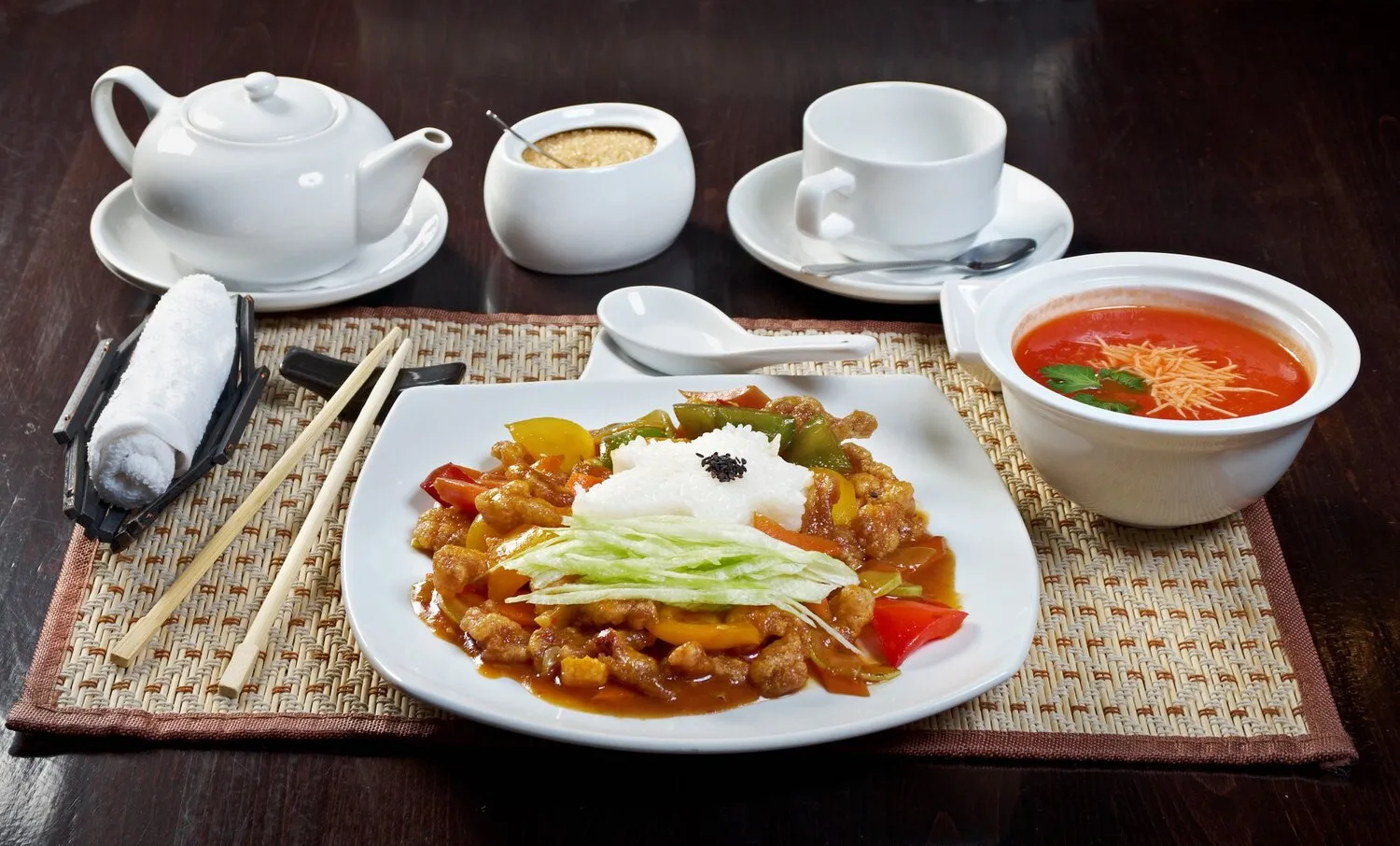
Khai Jiao
Thai omelet.
Nutrition Facts
* The % Daily Value (DV) tells you how much a nutrient in a serving of food contributes to a daily diet. 2,000 calories a day is used for general nutrition advice.
Thaicoon Almere
The Khai Jiao is a simple dish with a somewhat obscured history. Omelets, in general, have a long history across various cultures. It is likely that the introduction of eggs and frying techniques from other cultures, possibly European traders or neighboring countries, influenced the development of the Thai-style omelet. However, it has been adapted over time to incorporate local Thai flavors and ingredients, making it a unique and beloved staple.
Khai Jiao is a ubiquitous and comforting dish in Thai cuisine, deeply ingrained in daily life and often associated with convenience and affordability.
Street Food Staple
Khai Jiao is commonly found as a popular street food, readily available from vendors throughout Thailand. It is a quick and affordable meal option for those on the go.
Home Cooking Essential
It is a staple in Thai households, frequently prepared for breakfast, lunch, or dinner due to its simplicity and versatility. It's a 'go-to' meal when time or ingredients are limited.
Rice Accompaniment
Khai Jiao is almost always served with steamed rice, providing a filling and satisfying meal. It often acts as the main protein source in a simple meal.
Variations Reflect Regionality
While the basic recipe is consistent, regional variations exist in the additions used, such as different types of meats, vegetables, or chili pastes, reflecting local preferences and available ingredients.
Khai Jiao is characterized by a savory and often slightly sweet or spicy flavor profile. Its appeal comes from its crispy exterior and fluffy interior, complemented by seasonings.
The main flavor components derive from the eggs themselves, which provide a rich and savory base. Fish sauce (nam pla) adds a salty and umami depth. Soy sauce can also be used for a similar, slightly sweeter, salty flavor. A squeeze of lime juice provides acidity and brightness. The use of additions such as shallots, green onions, chili peppers (optional), and ground pork or shrimp contributes further layers of savory, aromatic, and potentially spicy flavors. The cooking oil, usually vegetable oil, imparts a subtle fried flavor.
Whipping Technique
Whip the eggs vigorously with a fork or whisk until light and frothy. This incorporates air, resulting in a fluffier omelet. Some cooks even add a touch of water or lime juice to further enhance the fluffiness.
Hot Oil, High Heat
Use plenty of hot oil in the pan. The high heat and ample oil are crucial for achieving the characteristic crispy edges and preventing the omelet from sticking. Be careful not to burn the oil.
Adding Ingredients
Add any additional ingredients, such as ground pork or vegetables, to the egg mixture before pouring it into the hot oil. This ensures even distribution and proper cooking.
Cooking Time
Cook the omelet quickly over high heat. Avoid flipping it unless necessary. The goal is to create a crispy exterior while maintaining a slightly soft and fluffy interior.
Draining Excess Oil
After cooking, place the omelet on a paper towel-lined plate to drain any excess oil before serving.
Explore additional Omelet dishes and restaurants
Explore OmeletDiscover top dining spots and culinary experiences in Almere.
Explore AlmereLearn more about the food culture, restaurant scene, and culinary heritage of Netherlands.
Explore Netherlands